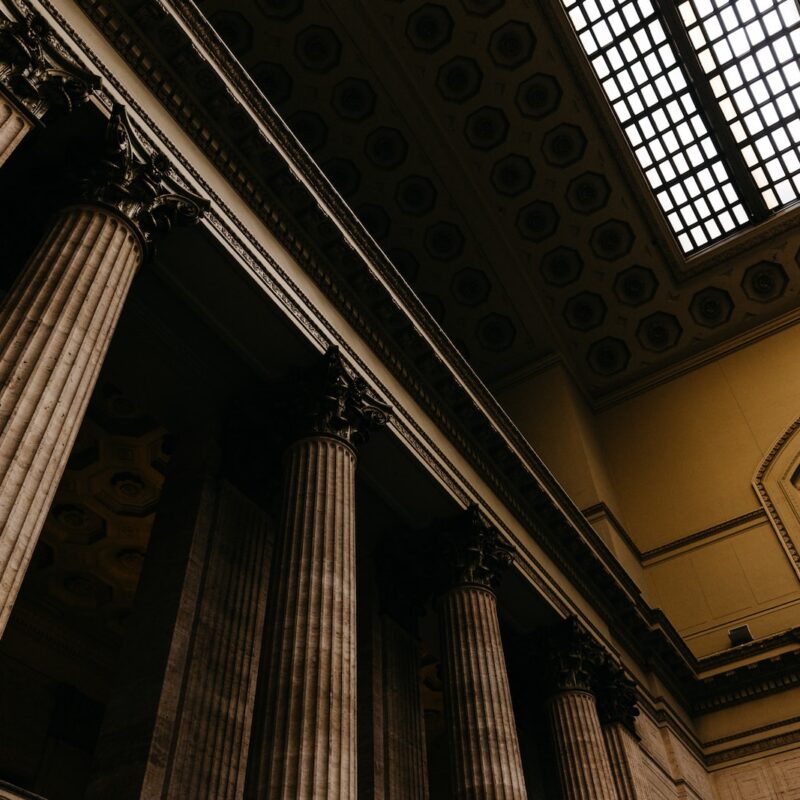What is copyright?
The foundation of music publishing is copyright, a form of protection provided by US law to the authors of “original works of authorship,” which includes literary, dramatic, musical, artistic, and certain other intellectual works.
Copyright Law grants all owners the right to:
- reproduce copies of their work
- display their work publicly
- perform their work publicly
- distribute copies of their work
- prepare derivative works based on the original work
- authorize others to exercise these rights (subject to limitations)
It’s important to note that a work is under copyright as soon as it is fixed in a tangible form.


Copyrightable items include:
Musical works
Original songs, compositions, beats, melodies, and lyrics, whether written or recorded. Example: The sheet music and lyrics to a song you wrote.
Sound recordings
The actual recorded performance of a song, podcast, voiceover, or instrumental. Example: Your studio recording of a song, demo tape, or beat file.
Literary works
Written content like books, blog posts, scripts, poetry, spoken word pieces, and eBooks. Example: A self-published book or the script for a short film.
Dramatic works
Plays, screenplays, or live performance pieces, including both dialogue and stage directions. Example: Your original TV pilot script or theater production.
Choreographic works
Original dance routines or performance movement sequences, as long as they’re recorded or notated. Example: A dance video you choreographed and posted online.
Pictorial, Graphic & Sculptural works
Photos, paintings, logos, cover art, illustrations, album artwork, and 3D models. Example: A hand-drawn character design, or digital album cover.
Motion Pictures & Audiovisual works
Music videos, short films, YouTube series, vlogs, or animations. Example: A video series you shot, edited, and released on your channel.
Computer Software and Code
Apps, creative plugins, game design code, or software tools you build… even simple creative scripts or templates. Example: An After Effects script, or custom music plugin.
Architectural and Spatial Design
Artistic building designs, set designs, stage layouts, or installations, especially if physically or digitally built. Example: The layout of a stage set or immersive art installation.
You can NOT copyright the following:
Ideas
Ideas do not receive protection in and of themselves. Rather, it is the expression of the idea that is protected.
Titles + Names
Copyright is designed to protect works of creative authorship, not how that work is identified in the marketplace. However, you could pursue a trademark for your title and/or name.
Commonly Known Information
This includes phrases like “the sky is blue”, which have no known authorship to them. This also includes calendars, telephone directories, notebook paper, etc.
Choreographic Works
Whether original or not, a choreographic work is not subject to copyright protection unless it has been videotaped or notated (i.e. fixed in a tangible form)
Fashion
You can copyright the design printed on a shirt, but not the shirt itself. Articles of clothing themselves are not protected by copyright law, but you can pursue a patent for a unique design.